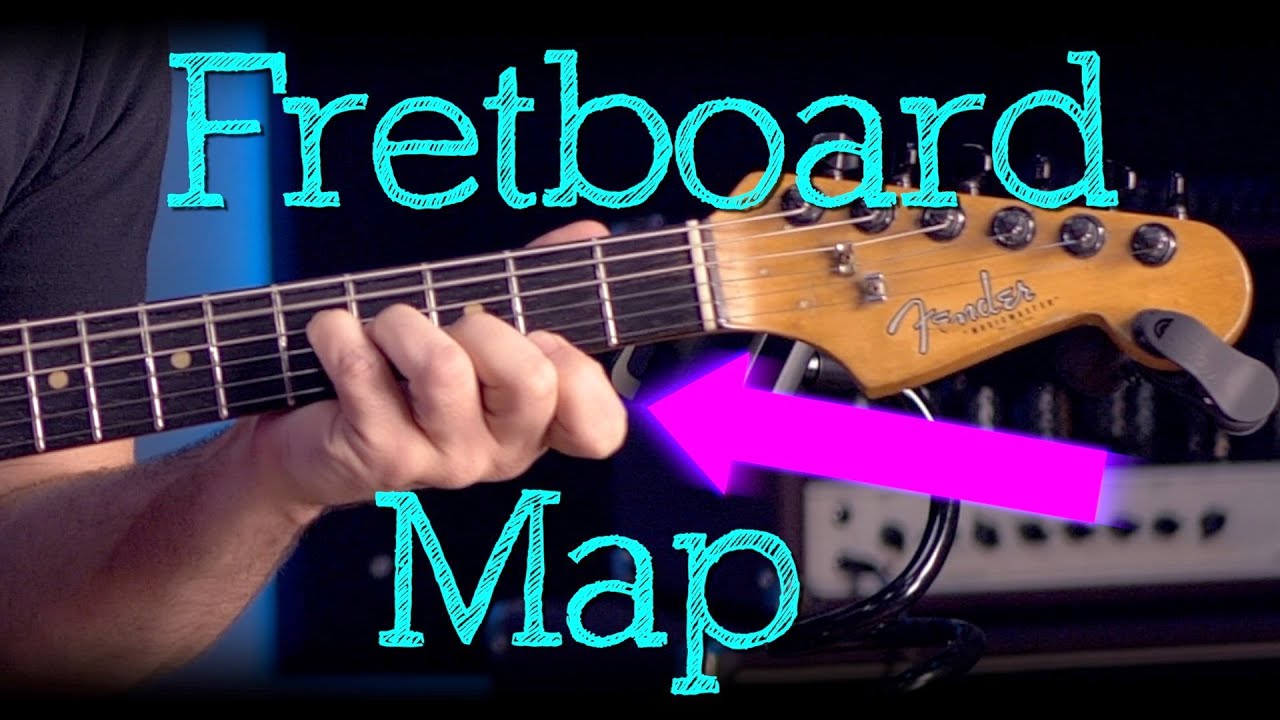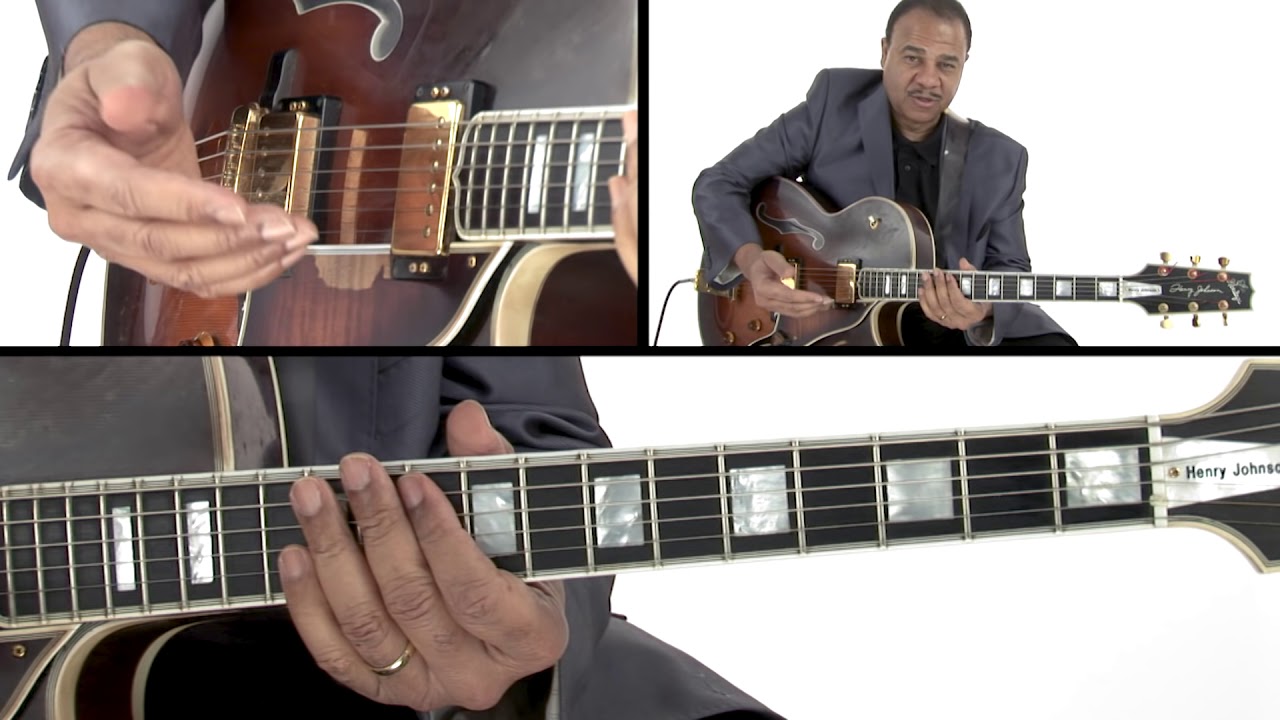I get it, but I don’t want to make those arbitrary decisions for an interview where in a lot of cases I have very little to go on. Like here’s a lick, we transcribed it, what chords do I think he was thinking? Because in reality he might not have been thinking anything, or what he would think might be different whether it’s major, minor, Choro, bebop, and so on.
On the other hand, for a general instructional video about soloing over jazz chords, totally. You might take some example phrases from Olli’s interview and be like, ok, here’s a line that has a swing type sound, and here’s how I would place it over XYZ chords, and maybe adapt it into other lines, so on. Similar to this one that we did:
We’d be happy to even get Olli to come and record something like that. But the challenge I think for a lot of these players is that they haven’t really verbalized this stuff and worked out a way to explain. An example I watched recently of a player who does have a great teaching presentation of this kind of topic is this one by Henry Johnson:
Easy to follow, clear, and hands-on, and not super bogged down in theory like a lot of jazz lessons can get.


